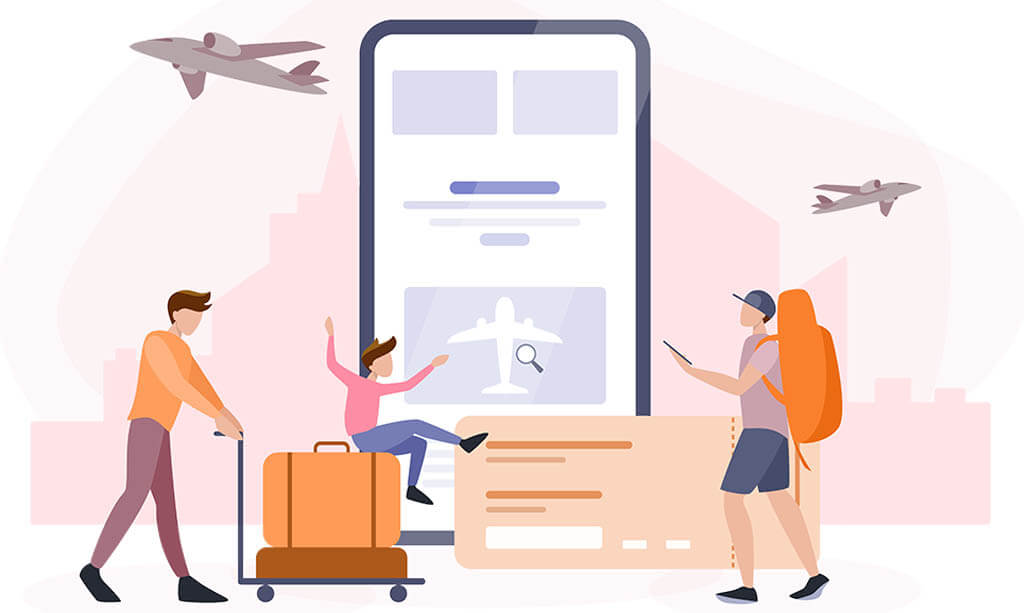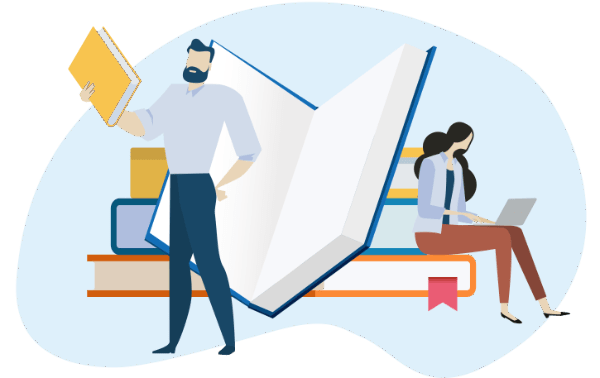
In this ESL lesson, students will learn how to name and describe different types of travel using quantifiers, adverbs and adjectives. They will also learn and practice a useful skill of getting out of travelling with their friends by coming up with fake excuses.
Warm-up
The lesson starts with a discussion about different types of vacation (e.g. all-inclusive resort, camping trip, city break, etc.).
Travel vocabulary
Travelling vocabulary is introduced through a conversation that the student needs to complete using the word bank. In the following exercise, the student completes a table with adjective equivalents of the nouns they used earlier. In order to practice describing different types of travel, the student uses adjectives from the list.
Grammar: quantifiers
After quantifiers are introduced (e.g. too much, too many, enough, a few, etc.), the student sorts them out into three categories according to their use – countable, uncountable, and both.
The student then completes the list of rules with the correct quantifier, after which they choose the quantifier that best fits sentence examples.
Video: Why do people like to travel?
In this short video, the student learns about types of travellers, gets some friendly travelling advice, and later marks the statements related to the video as true or false.
The art of making fake excuses
The student matches well-known adjectives to their synonyms, which are later used in a play-pretend activity of making excuses in order to avoid traveling with friends due to being broke.

Flying Private
In this Intermediate speaking practice lesson students explore the controversial topic…

The big apple
This New York City B1 ESL lesson plan introduces students to…

The seven summits
This lesson plan is created for students at the Upper-Intermediate level,…


